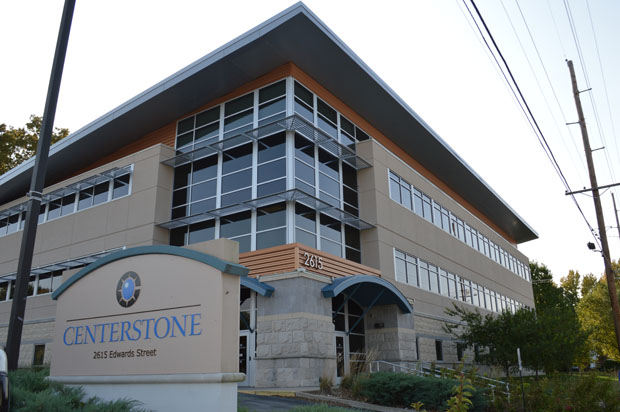Homeless youth require time, resources, commitment and a personalized “step by step” approach to provide basic necessities in a safe, compassionate environment as they make the difficult transition to adulthood.
Teens can become homeless for numerous reasons, including family dysfunction and breakdown, inadequate housing that cannot accommodate them, domestic abuse (physical, sexual or substance), or because of being abandoned or kicked out of their family’s home. Teens may not consider themselves homeless because many of them resort to “couch surfing” or staying with various friends or family members. However, without a stable housing environment day after day, these youth are in fact, homeless. Our goal is to help ensure that these young people acquire the skills and education they need to become productive and self-sufficient adults.
- Within 2-4 years of exiting foster care, 25 percent of foster children experience homelessness. (National Alliance to End Homelessness)
- Researchers estimate that 5 to 7.7 percent of youth experience homelessness each year. (National Alliance to End Homelessness)
- The best studies available indicate that over 1 million youth are homeless each year in America. (National Partnership to End Youth Homelessness)
Communities have the desire to serve homeless youth but often lack the necessary options of outreach, drop-in centers, shelters, and housing to intervene. Once homeless, many youth face survival on the streets, recruitment by gangs, exposure to drugs, and sexual exploitation by adults. (National Partnership to End Youth Homelessness)
How Many Youth Are Homeless?
- On a single night in 2017, nearly 41,000 (40,799) unaccompanied youth were counted as homeless. Of those, 88 percent were between the ages of 18 to 24. The remaining 12 percent (or 4,789 unaccompanied children) were under the age of 18.
- The Alliance estimates that over the course of a year, approximately 550,000 unaccompanied youth and young adults up to age 24 experience a homelessness episode of longer than one week. More than half are under the age of 18.
These numbers are imprecise, and the single night number is likely an undercount. Communities are working to improve the way they collect data and their Point-In-Time Counts in order to more accurately reflect the numbers of unaccompanied young people experiencing homelessness.
Why Are There Homeless Youth?
Youth homelessness is often rooted in family conflict. Other contributing factors include economic circumstances like poverty and housing insecurity, racial disparities, and mental health and substance use disorders. Young people who have had involvement with the child welfare and juvenile justice systems are also more likely to become homeless.
Many homeless youth and young adults have experienced significant trauma before and after becoming homeless and are particularly vulnerable, including victims of sexual trafficking and exploitation. Youth who identify as lesbian, gay, bisexual, transgender, and questioning (LGBTQ); pregnant and parenting youth; youth with special needs or disabilities, and youth of color, particularly African-American and Native American youth are also more likely to become homeless.
